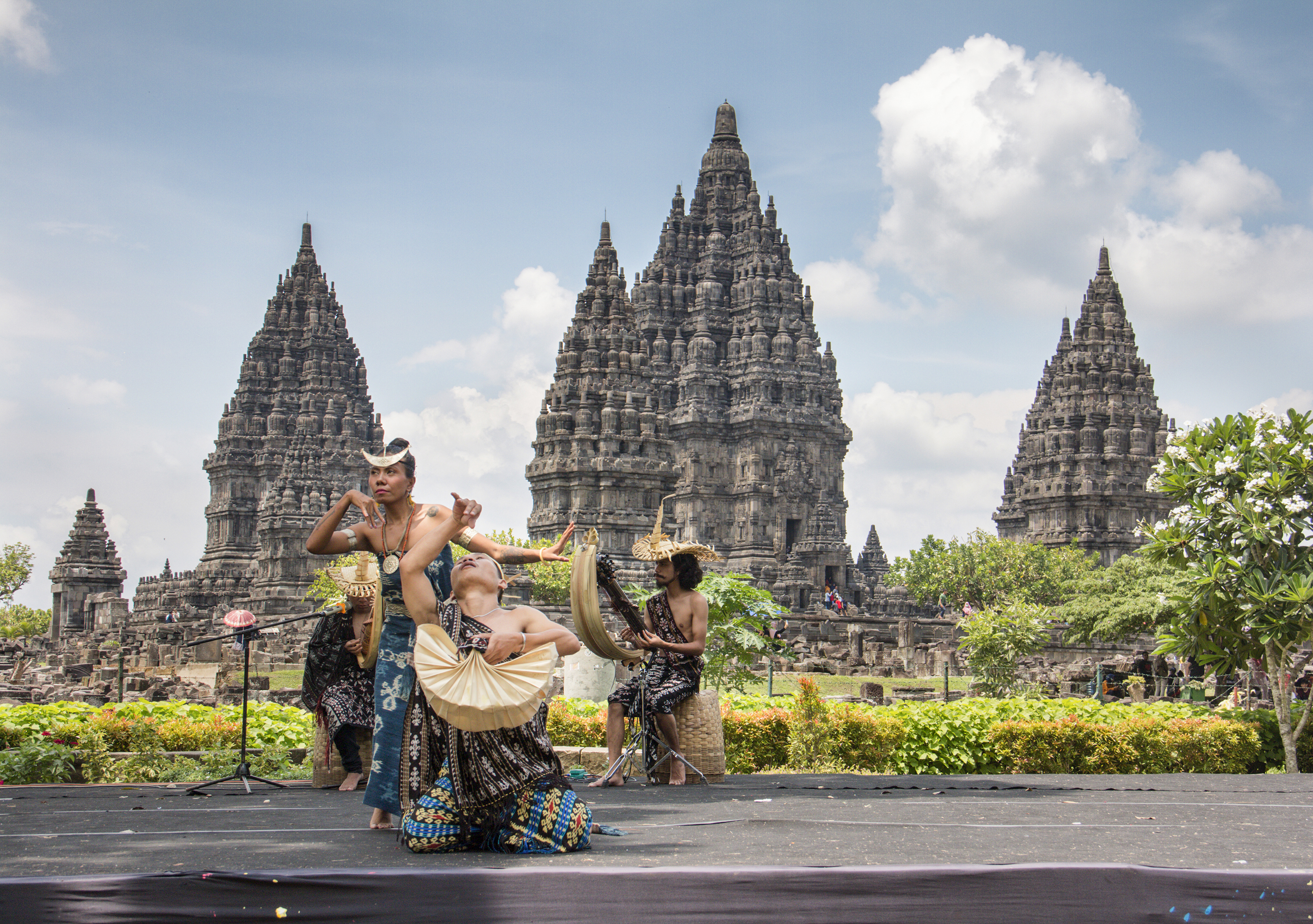Sasando on:
[Wikipedia]
[Google]
[Amazon]
 The sasando, also called ''sasandu'' from Sandu or Sanu, is a
The sasando, also called ''sasandu'' from Sandu or Sanu, is a
 According to local tradition, the origin of the ''sasando'' is linked to the
According to local tradition, the origin of the ''sasando'' is linked to the
Sasando Rote
Indonesian musical instruments Harps Tube zithers East Nusa Tenggara Bamboo musical instruments {{Zither-instrument-stub
 The sasando, also called ''sasandu'' from Sandu or Sanu, is a
The sasando, also called ''sasandu'' from Sandu or Sanu, is a tube zither
The tube zither is a stringed musical instrument in which a tube functions both as an instrument's neck and its soundbox. As the neck, it holds strings taut and allows them to vibrate. As a soundbox or it modifies the sound and transfers it to ...
, a harp
The harp is a stringed musical instrument that has a number of individual strings running at an angle to its soundboard; the strings are plucked with the fingers. Harps can be made and played in various ways, standing or sitting, and in orc ...
-like traditional music string instrument
String instruments, stringed instruments, or chordophones are musical instruments that produce sound from vibrating strings when a performer plays or sounds the strings in some manner.
Musicians play some string instruments by plucking the s ...
native to Rote Island
Rote Island ( id, Pulau Rote, also spelled ''Roti'') is an island of Indonesia, part of the East Nusa Tenggara province of the Lesser Sunda Islands. According to legend, this island got its name accidentally when a lost Portuguese sailor arrive ...
of East Nusa Tenggara
East Nusa Tenggara ( id, Nusa Tenggara Timur – NTT; pt, Sonda Oriental) is the southernmost province of Indonesia. It comprises the eastern portion of the Lesser Sunda Islands, facing the Indian Ocean in the south and the Flores Sea in the nor ...
, Indonesia
Indonesia, officially the Republic of Indonesia, is a country in Southeast Asia and Oceania between the Indian and Pacific oceans. It consists of over 17,000 islands, including Sumatra, Java, Sulawesi, and parts of Borneo and New Gui ...
.
The name ''sasando'' is derived from the Rote dialect word ”sasandu”, which means "vibrating" or "sounded instrument". It is believed that the ''sasando'' had already been known to the Rote people since the 7th century.
The main part of the ''sasando'' is a bamboo
Bamboos are a diverse group of evergreen perennial flowering plants making up the subfamily Bambusoideae of the grass family Poaceae. Giant bamboos are the largest members of the grass family. The origin of the word "bamboo" is uncertain, ...
tube that serves as the frame of the instrument. Surrounding the tube are several wooden pieces serving as wedges where the strings are stretched from the top to the bottom. The function of the wedges is to hold the strings higher than the tube surface as well as to produce various length of strings to create different musical notations. The stringed bamboo tube is surrounded by a bag-like fan of dried ''lontar'' or palmyra leaves ('' Borassus flabellifer''), which functions as the resonator of the instrument. The ''sasando'' is played with both hands reaching into the stings of the bamboo tube through opening on the front. The player's fingers then pluck the strings in a fashion similar to playing a harp or kacapi
The kacapi ( su, ᮊᮎᮕᮤ) is a traditional zither of Sundanese people in Indonesia. This musical instrument is similiar to Chinese , Japanese '' koto'', the Mongolian , the Korean , the Vietnamese and the Kazakh jetigen. The kacapi pla ...
.
The ''sasando'' can have 28 (''sasando engkel'') or 56 strings (''double strings'').
Legend
 According to local tradition, the origin of the ''sasando'' is linked to the
According to local tradition, the origin of the ''sasando'' is linked to the folktale
A folktale or folk tale is a folklore genre that typically consists of a story passed down from generation to generation orally.
Folktale may also refer to:
Categories of stories
* Folkloric tale from oral tradition
* Fable (written form of the a ...
of the Rote people about Sangguana. The story goes that there once was a boy named Sangguana who lived on Rote Island. One day, as he tended to savannah, he felt tired and fell asleep under a palmyra tree. Sangguana dreamt that he played beautiful music with a unique instrument whose sound and the melody was so enchanting. When he woke up, surprisingly, Sangguana could still remember the tones he played in the dream. Wanting to hear it one more time, he tried to fall asleep again. Again he dreamt of the same song and the same instrument. Sangguana was enjoying his dream, but eventually he had to wake up. Not wanting to lose the beautiful sounds from his dream, Sangguana tried to recreate the sounds and quickly created a musical instrument from palmyra leaves with the strings in the middle, based on his memory from the dream, which became the basis of the ''sasando''.
See also
The following are tube zithers from other countries. They are similar in being made from bamboo, originally having strings cut from the bamboo itself. Some like the sasando, have been changed in the last century, to use new materials, such as wires attached to pegs. Unlike the sasando, none have the leaves to direct the sound. * Karaniing * Kolitong * Kong ring * krem * Kulibit *Valiha
The valiha is a tube zither from Madagascar made from a species of local bamboo; it is considered the " national instrument" of Madagascar. The term is also used to describe a number of related zithers of differing shapes and materials.
T ...
References
External links
Sasando Rote
Indonesian musical instruments Harps Tube zithers East Nusa Tenggara Bamboo musical instruments {{Zither-instrument-stub